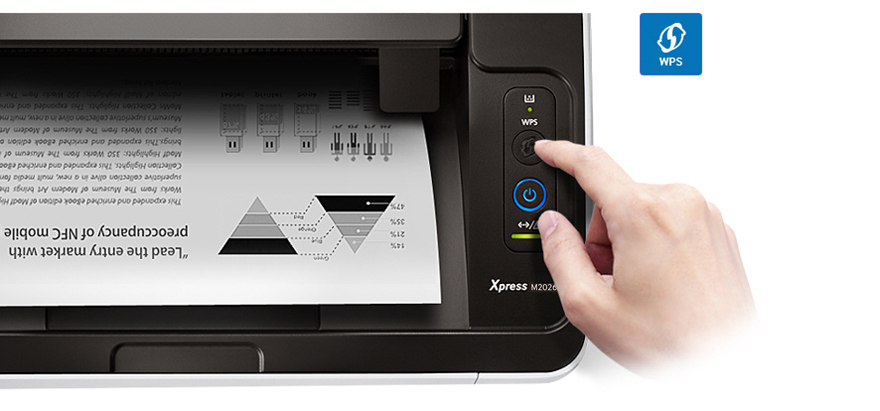

Tool ĮUVL tool, Lawrence Livermore National Laboratory. Etching must be done to a very specific depth thus making etching difficult when compared with conventional photomask manufacturing. Masks are then inspected and later repaired using an electron beam. The remaining photoresist is then removed. The exposed photoresist is developed (removed) and the unprotected areas are etched. A blank photomask is covered with photoresist, which is then baked (solidified) in an oven, and later exposed to laser light, using maskless lithography. īlank photomasks are mainly made by two companies: AGC Inc. The multilayer may be protected by a thin ruthenium layer. The pattern is defined in a tantalum-based absorbing layer over the multilayer. An EUV mask consists of 40 alternating silicon and molybdenum layers this multilayer acts to reflect the extreme ultraviolet light through Bragg diffraction the reflectance is a strong function of incident angle and wavelength, with longer wavelengths reflecting more near normal incidence and shorter wavelengths reflecting more away from normal incidence. This is in contrast to conventional photomasks which work by blocking light using a single chromium layer on a quartz substrate. Source: ASML to ship EUV tools Masks ĮUV photomasks work by reflecting light, which is achieved by using multiple alternating layers of molybdenum and silicon.
12 Single patterning extension: anamorphic high-NA. 9.1 Multilayer reflectivity random variations. 7.1 Impact of photoelectron and secondary electron travel on resolution. 7 EUV photoresist exposure: the role of electrons. 6.2.1 Impact of slit position and aberrations. 6 Enhancement opportunities for EUV patterning. 5.2 Wavelength bandwidth (chromatic aberration). 5.1.1 Pattern shift from defocus (non-telecentricity).  4.2 Comparison to other lithography light sources. 4 Light source power, throughput, and uptime. Samsung's 5 nm is lithographically the same design rule as 7 nm, with a minimum metal pitch of 36 nm. At IEDM 2020, TSMC reported their 5 nm minimum metal pitch to be reduced 30% from that of 7 nm, which was 40 nm. At the 2019 International Electron Devices Meeting (IEDM), TSMC reported use of EUV for 5 nm in contact, via, metal line, and cut layers, where the cuts can be applied to fins, gates or metal lines. It is widely applied in semiconductor device fabrication process.Īs of 2022, ASML Holding is the only company who produces and sells EUV systems for chip production, mainly targeting 5 nm. Lithographic technique using an extreme ultraviolet wavelength, usually 13.5 nmĮxtreme ultraviolet lithography (also known as EUV or EUVL) is an optical lithography technology using a range of extreme ultraviolet (EUV) wavelengths, roughly spanning a 2% FWHM bandwidth about 13.5 nm, to produce a pattern by exposing reflective photomask to UV light which gets reflected onto a substrate covered by photoresist.
4.2 Comparison to other lithography light sources. 4 Light source power, throughput, and uptime. Samsung's 5 nm is lithographically the same design rule as 7 nm, with a minimum metal pitch of 36 nm. At IEDM 2020, TSMC reported their 5 nm minimum metal pitch to be reduced 30% from that of 7 nm, which was 40 nm. At the 2019 International Electron Devices Meeting (IEDM), TSMC reported use of EUV for 5 nm in contact, via, metal line, and cut layers, where the cuts can be applied to fins, gates or metal lines. It is widely applied in semiconductor device fabrication process.Īs of 2022, ASML Holding is the only company who produces and sells EUV systems for chip production, mainly targeting 5 nm. Lithographic technique using an extreme ultraviolet wavelength, usually 13.5 nmĮxtreme ultraviolet lithography (also known as EUV or EUVL) is an optical lithography technology using a range of extreme ultraviolet (EUV) wavelengths, roughly spanning a 2% FWHM bandwidth about 13.5 nm, to produce a pattern by exposing reflective photomask to UV light which gets reflected onto a substrate covered by photoresist.






 0 kommentar(er)
0 kommentar(er)
